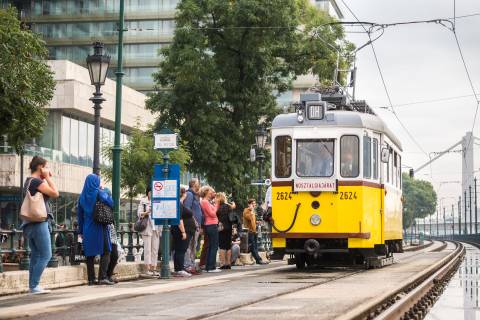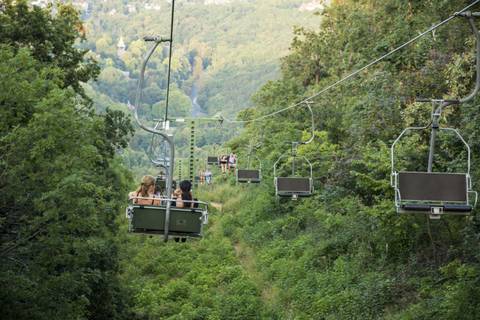In the summer of 1820, the first passenger steamer was launched between Buda, Pest and Óbuda, the Carolina. Its departure also launched a new type of transport for the Hungarian capital. The exhibition ‘Budapest on the Danube’ presents two centuries of river traffic, with photos, models and uniforms. All takes place on a century-year-old steamship, which is a museum, an attraction in itself and right in the city centre. Anchors aweigh!
The Kossuth Museum Ship has sailed into another century. First named the Archduke Franz Ferdinand when it was built in 1913, this sturdy vessel survived both world wars. It’s a strange feeling to walk around it now, to hear its creaking and squeaking under your feet, to peer into the engine room and steam technology – everything is original except for the bow.

An exhibition has been put together in this unique location, the perfect backdrop for the subject matter. On the display panels, you can learn about the history of the Carolina, built by Pécs-based Antal Bernhard, who oversaw Osijek Bridge, and to whom Emperor Franz I bestowed the privilege of building working structures on the Danube for the whole Habsburg Empire.
This was particularly necessary because by 1816, there were already many steamboats plying the Rhine and the emperor did not want the Danube to be left without a ship – or, of course, a bridge.
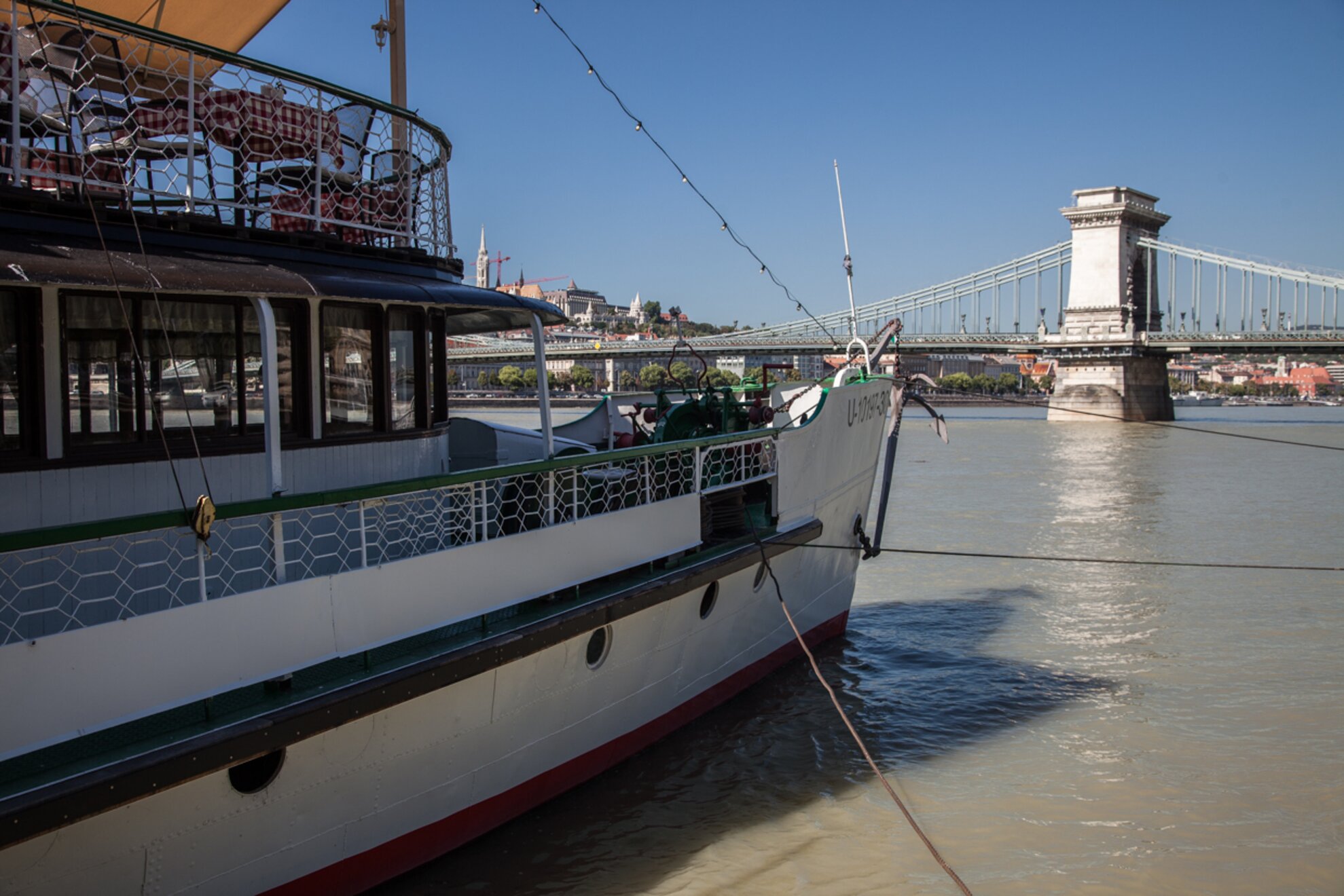
The Carolina made her first voyage in July 1820, crossing between Bomba tér (today’s Batthyány tér), Császárfürdő and Óbuda (the current Szentlélek tér HÉV stop). Despite family discounts and passes, this first season was tricky and quite expensive: passengers had to be towed out to board the steamer, and had to pay a landing fee in addition to the fare.

After Carolina’s brief foray, Remény came into the picture under entrepreneur János Girczy, but was soon outmuscled by by the Danube Steamship Company, who had many shipyards, including one in Óbuda.
By now it’s 1844, when shipping in the capital really took off, becoming such a popular form of public transport that more and more repair plants were required. These were built in Angyalföld and in the bay of Újpest from which the Ganz and Tsa shipyards were created, establishing shipbuilding as one of Budapest’s most important industrial segments.
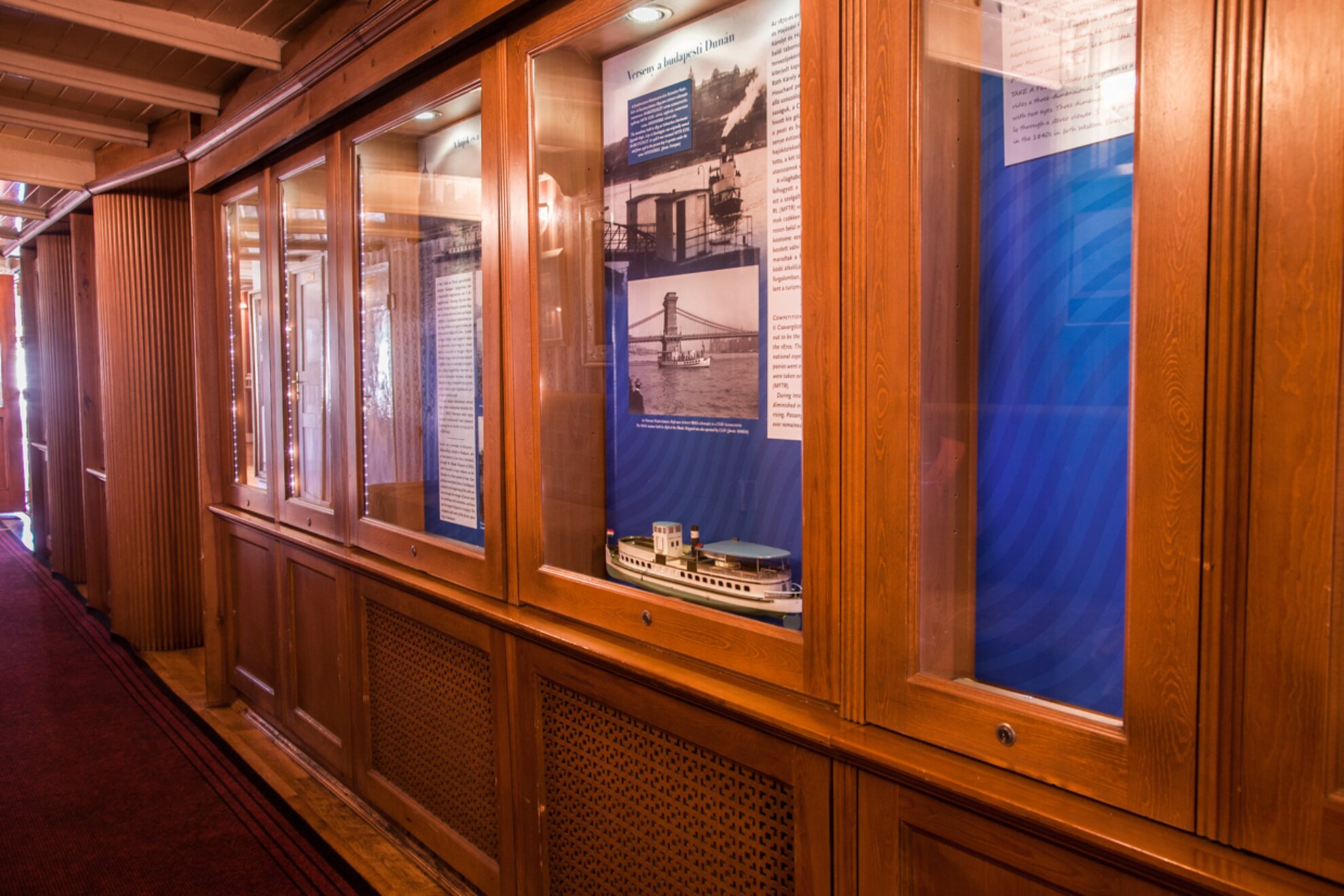
More and more companies were formed, with serious competition between them, responsible for more city traffic. Commuting from Óbuda to Pest and back, morning jaunts for factory workers and weekend trips to Margaret Island – for many years, this defined urban shipping. Unfortunately, the momentum was interrupted by World War I, the development of other types of transport also affecting decreased passenger numbers.
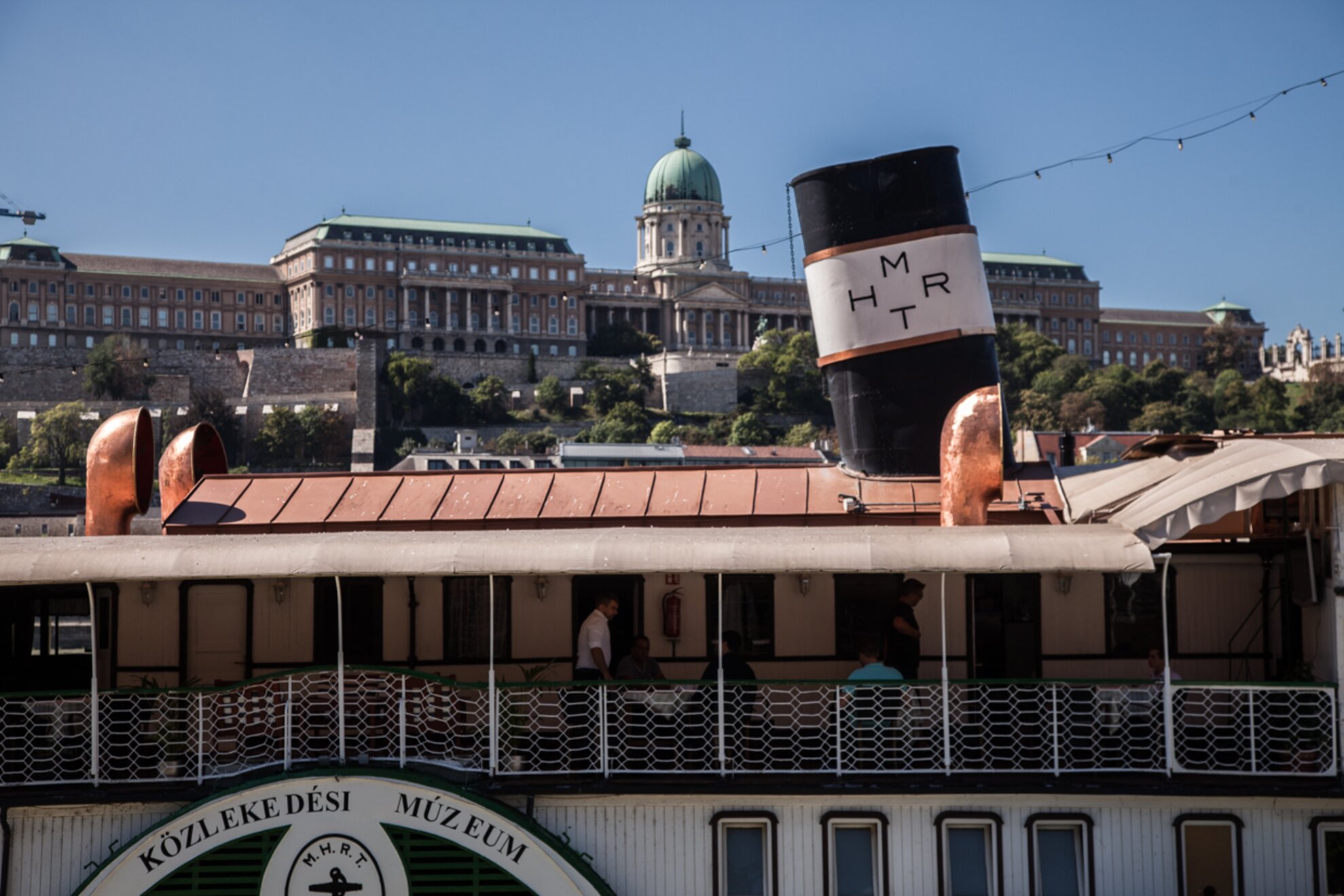
In the 1950s, shipping came to the fore again, the nationalised Budapest Shipping Company overseeing a fairytale-inspired fleet comprised of Hüvelyk Matyi, Piroska, Farkas and a hét törpe és Hófehérke – Tom Thumb, Little Red Riding Hood, the Big Bad Wolf, and Snow White and the Seven Dwarves.
With even more transport options, rebuilt and new bridges, shipping shifted from commuting to tourism: cruise ships and sightseeing boats have flooded the Danube, often a burden on both the river and the city.
Kossuth Múzeumhajó (website Hungarian-only)
District V. Vigadó téri hajóállomás, pontoon 2

